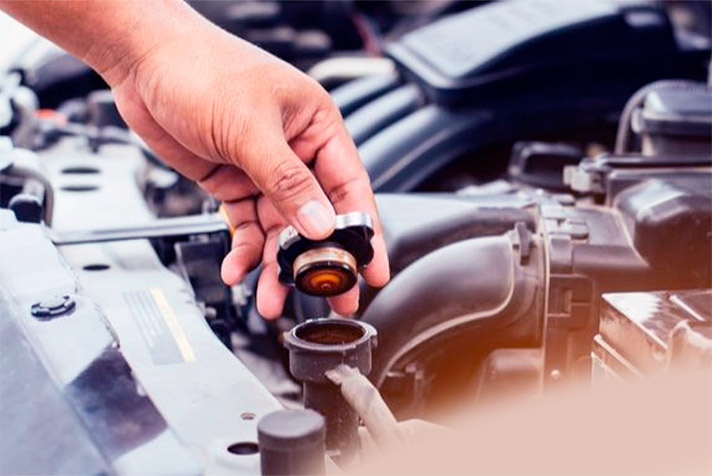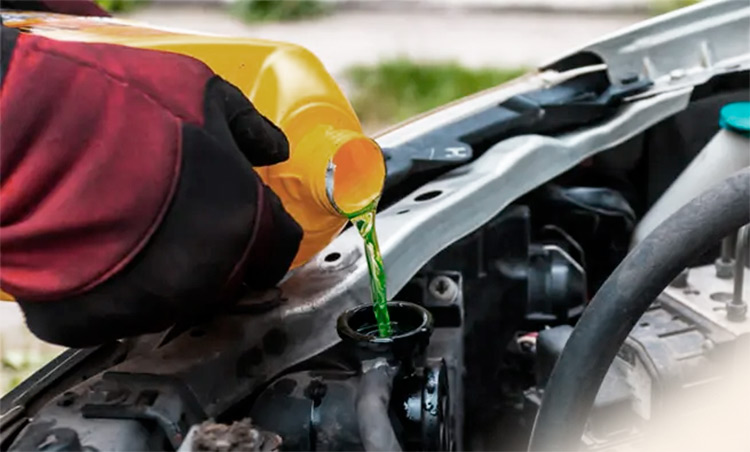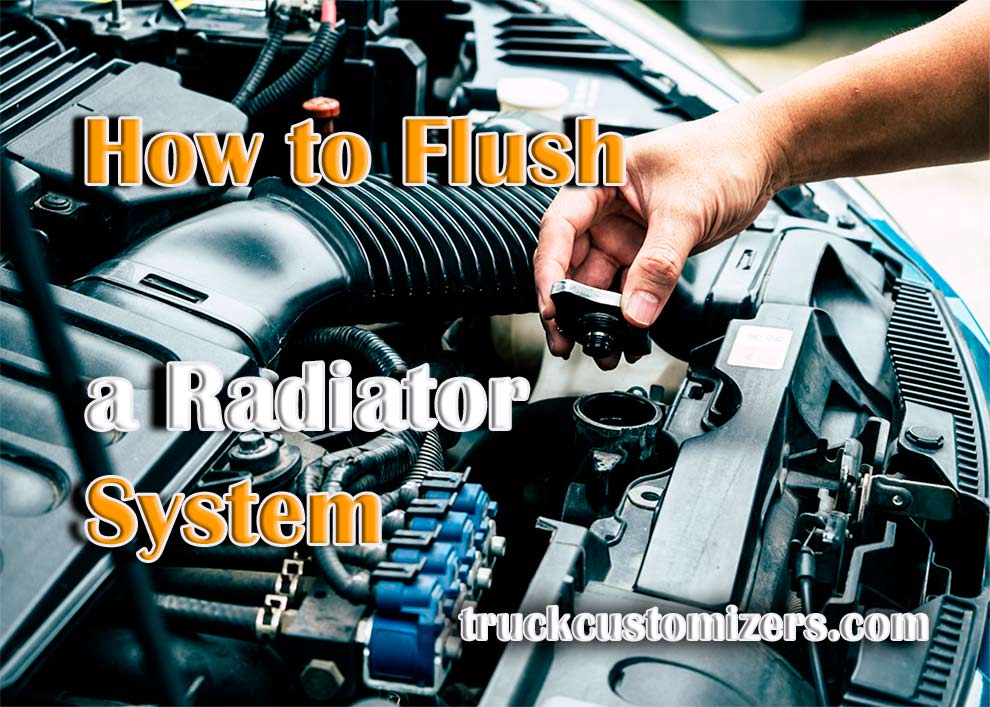If you are wondering how to do a radiator flush, then you need to know basic things. One of the main sources of contamination of the radiator is considered to be the coolant, it clogs the system from the inside. What does a radiator flush do? This coolant protects the radiator system from corrosion, but after some time, it begins to decompose and decomposition products accumulate on the walls of the engine cooling system. Contamination of this type partially or completely block the thin tubes, which affects the performance of the entire system. Flushing the cooling systems will also be required if an adhesive sealant was used to eliminate leaks, as this agent can clog the pipes. Along with this, the radiator is contaminated if the liquid with oil falls into it, which when heated settles on the walls of the cooling unit in the form of scale.
The Vehicle Cooling System Requires Flushing If:
- the cabin heating at low temperatures works intermittently
- oil accumulates in the tank
- the radiator system is not working properly
- temperature gauge indicates high temperature
- the cooling fluid comes to a boil.
Any of the above factors are reasons to check the cooling system and then flush it. Do you know how often to flush radiator? Then read the whole article!
How Do You Know if You Need a Radiator Flush?

- The car’s instruments detect overheating.
- A warning buzzer sounds.
- Steam is coming from under the hood.
- Decreased traction.
- Unusual sounds in the engine.
Causes of Malfunction
- Contamination of cooling system with products of antifreeze wear.
- Contamination of external surfaces of the radiator.
- Failure of the thermostat, pump, pressure regulating valve, loss of tightness.
- Breakthrough of gases from the combustion chamber.
A solution to the Problem
You must strictly adhere to the service schedule, timely change of coolant, belts, pumps, tightness, and cleanliness of the cooling system. The product effectively dissolves limescale and impurities in radiators, sleeves, and water jackets of the engine provides normal engine temperature and reliable performance. Suitable for all cooling and heating systems. The product does not contain aggressive acids and alkali. It is recommended to use it every time the coolant is changed. Also read What Causes Radiators to Crack?
What Is the Best Way to Flush the Cooling System of An Automobile Engine?

The most popular remedy for flushing the radiator, oddly enough, is water, but not ordinary, but distilled or boiled. There are also a wide variety of cleaners available now that do an excellent job of flushing the radiator. All store cleaners are divided into acidic, alkaline, bicomponent, and neutral. However, alkali and acid have a negative effect on the overall engine system, and additional flushing is required after using them.
Neutral car coolant flushes can both flush the system and remove contaminants. Among folk remedies for flushing radiator tubes, the most popular are citric acid, vinegar, “coca-cola” and milk whey.
How to Use the Coolant System Cleaner
- Add 300ml of Cleaner per 10 liters of coolant into the cooling system.
- Start the engine and warm it up to a working temperature.
- Let it idle for 10-30 minutes.
- The product may remain in the cooling system for up to 3 hours, even while the vehicle is in motion.
- Drain the fluid from the system and flush it with water.
- Fill with new coolant.
Thus, it is worth noting that after completing the cleaning of the cooling system from contaminants using Coca-Cola, it is recommended to run the engine with the radiator cap open after pouring the antifreeze, so that the remaining air bubbles come out. Next, shut off the engine and refill the coolant into the extra space that was created.



